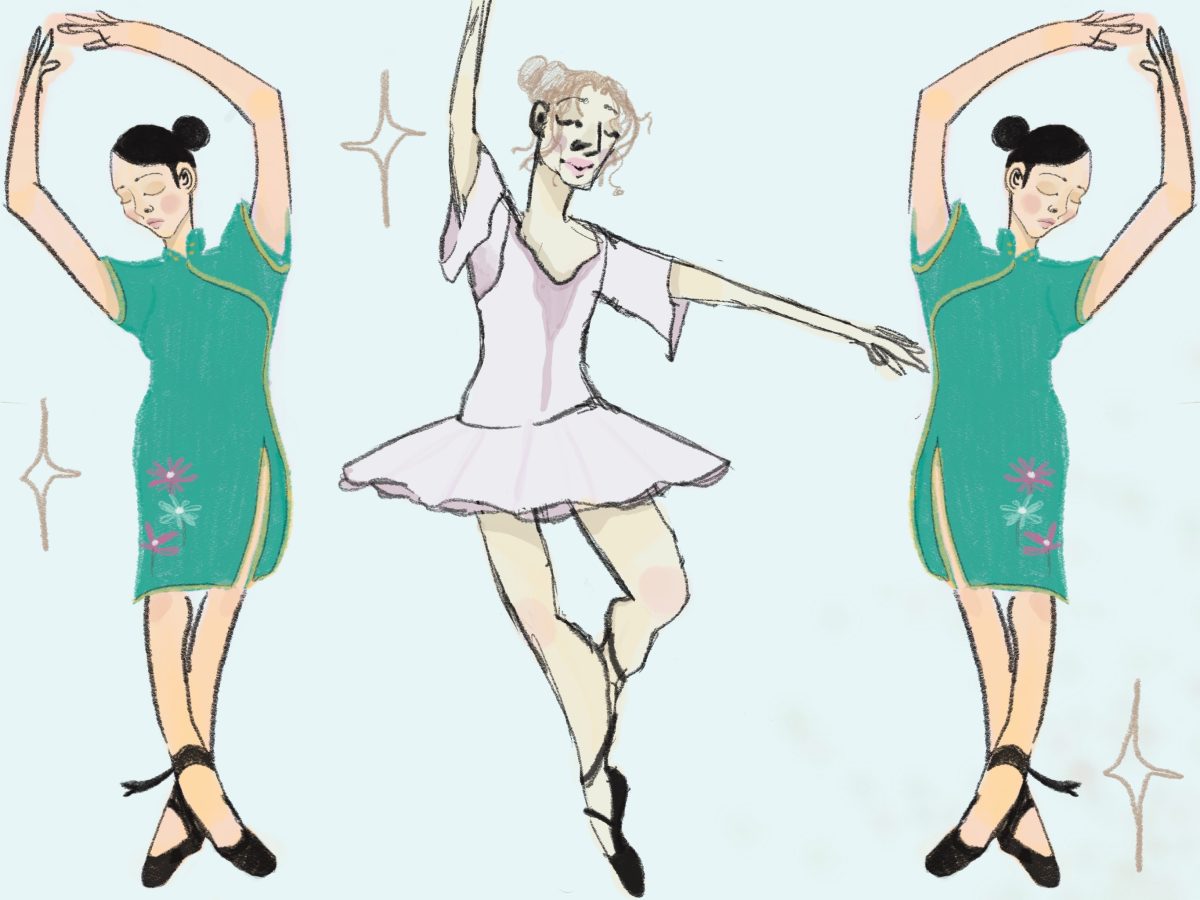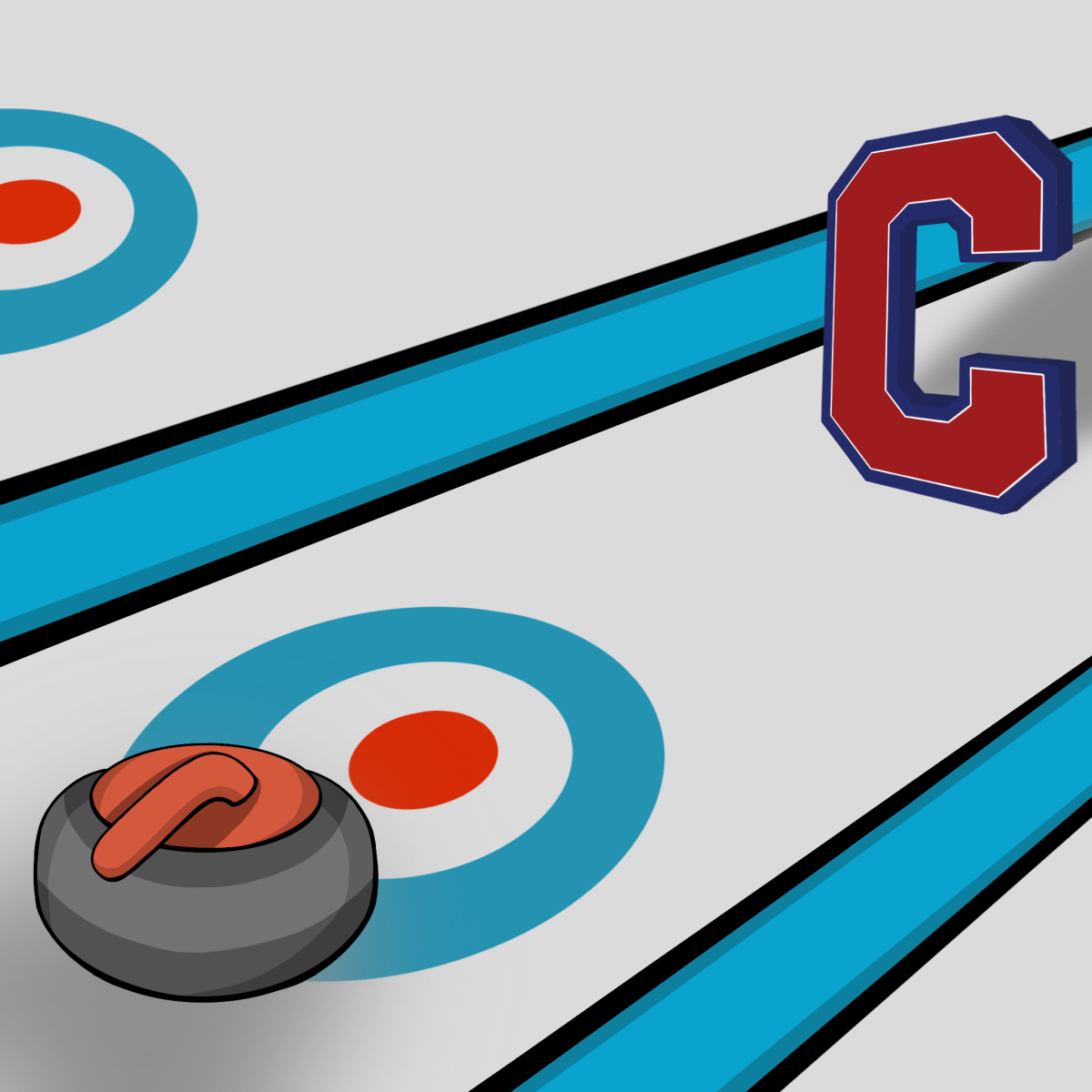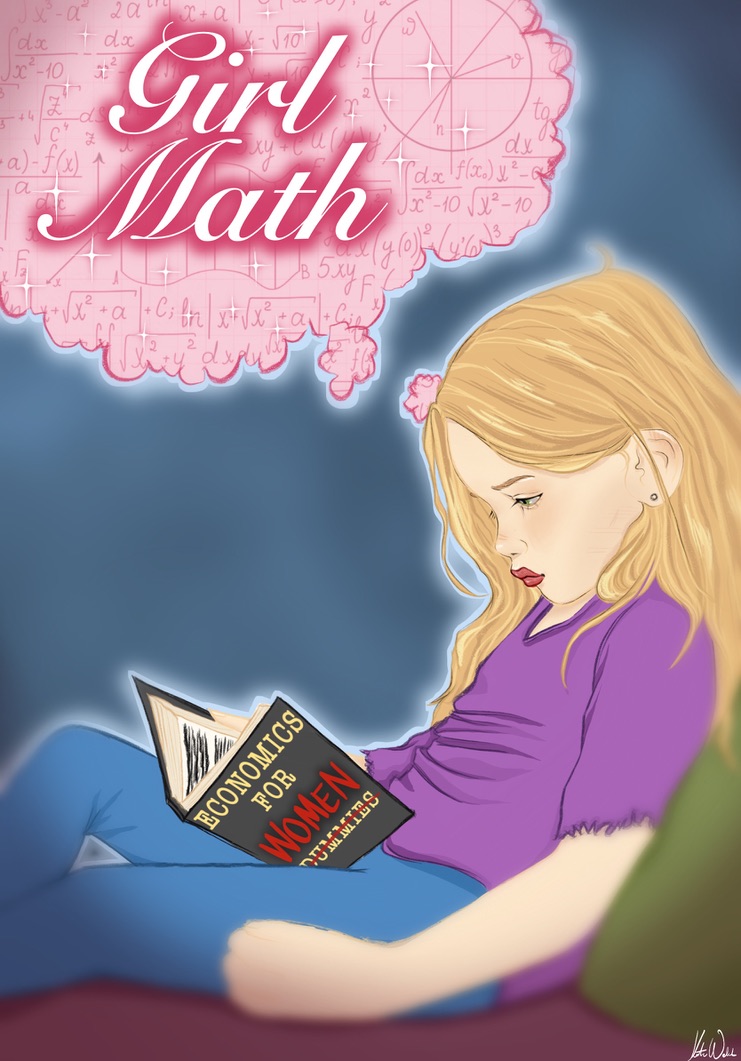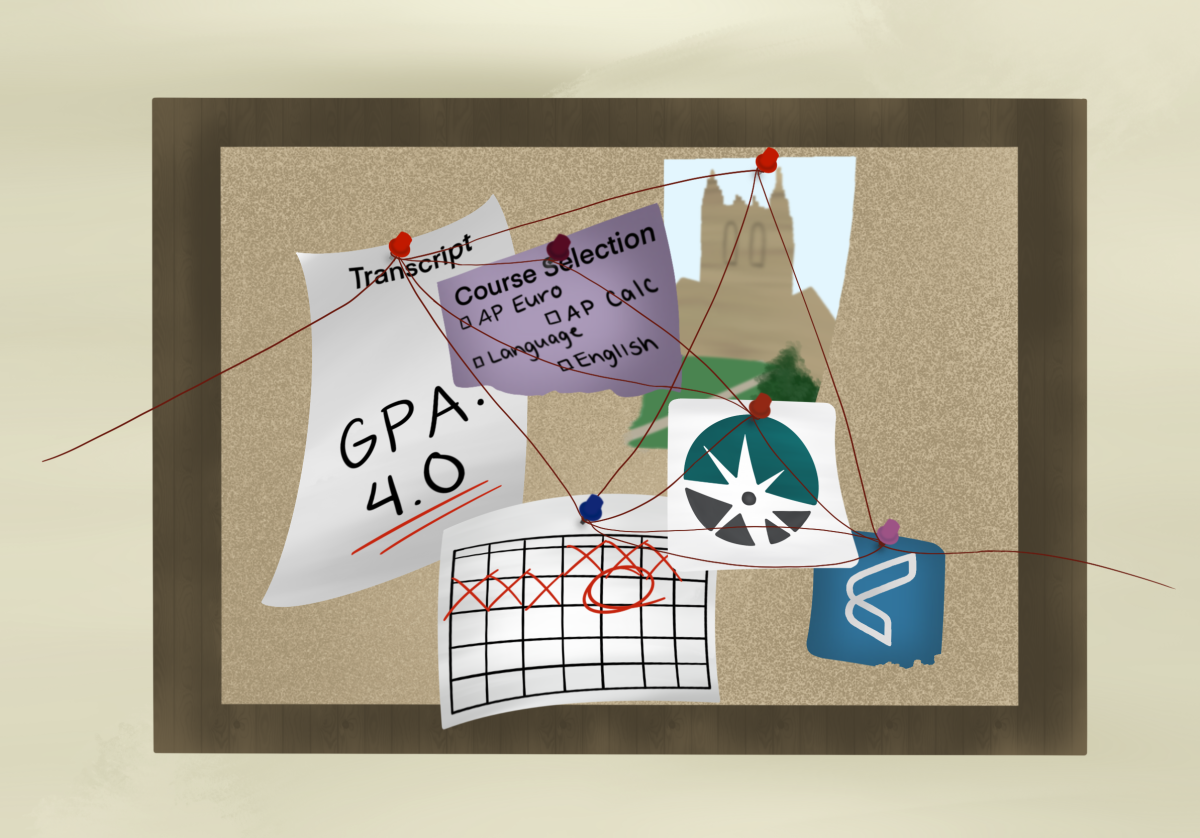Hate against Asians and Asian Americans has sparked long overdue reform movements for the Nutcracker’s Chinese Tea.
The Nutcracker, a traditional ballet that premiered in Saint Petersburg on December 6, 1892, depicts the story of a young girl named Clara (named Marie in some versions) who received a Nutcracker doll at her parent’s annual Christmas party from her godfather Drosselmeyer. She is whisked away into the Land of Sweets by the Nutcracker Prince, where she is entertained by magical dances. But are those dances really that magical?
Even before the pandemic, there had been a call to attention to the racist stereotypes in Nutcracker. “It’s pretty controversial due to the stereotypical portrayals they have of different cultures that’s portrayed through the choreography and also through the costumes and makeup,” explained senior Ellena Link, a current dancer with Contra Costa Ballet.
Sherri Leblanc, former professional dancer with New York City Ballet and San Francisco Ballet, explains that “[The Nutcracker] was created with the idea that all of the second act dances are from a different country. It was like a dessert from each country. In that way they were trying to show something from each different country, and so it was choreographed with the intention of trying to represent that, and that in itself builds stereotypes.”
While there are three countries – Spain, China, Russia – and one region – Arabia – represented in the second act of Nutcracker, Chinese Tea has faced the most criticism.
Started by Phil Chan and Georgina Pazcoguin in 2017, “Final Bow for Yellowface” aims to change the stereotypical representation of Asians in Chinese Tea. Most major ballet companies, including New York City Ballet, Pacific Northwest Ballet, The Royal Ballet, and even UNC Chapel Hill’s Carolina Performing Arts, have signed the pledge committing them to “eliminating outdated and offensive stereotypes of Asians (Yellowface) on our stages,” as the Yellowface website states.
“Instead of portraying these stereotypes that we often see, they can work to appreciate and showcase these cultural dances in a more respectful manner,” Link stated.
While it’s important to preserve tradition, it’s also important to adapt as society changes. It’s possible to do both, as various ballet companies have demonstrated. Many have changed their choreography, costuming, and makeup. Harriet Jung and Chan state on the costuming page that “bear in mind that while a Chinese person depicted as a railroad worker or rice farmer (“chinaman” or “coolie”) might be historically accurate, it is a caricature that Asian people are trying to move away from.”
Boston Ballet has replaced the traditionally offensive dance with a pas de deux inspired by traditional Chinese ribbon dance. The dance was choreographed by artistic director Mikko Nissinen, who said in the New York Times article ‘As ‘Nutcracker’ Returns, Companies Rethink Depictions of Asian’, “I just want to make sure there’s absolutely nothing that could ever be considered as insulting to Chinese culture. We look at everything through the lenses of diversity, equity and inclusion. That’s the way of the future.”
Similarly, Peter Boal, artistic director of Pacific Northwest Ballet, has added a cricket, which is a symbol of good luck in China. The cricket replaces the man who is dressed in stereotypical Chinese clothes.
These are just two examples of changing the choreography and costumes to be more respectful. While these are more creative examples, there are simpler ways to remove stereotyping. Contra Costa Ballet has recently exchanged the finger pointing in Chinese Tea for lanterns, which represents the culture more accurately.
If major ballet companies start changing their portrayals, it encourages other companies and schools to change. “All it takes is some conversations to say okay, well how can we do this in a better way?” Leblanc stated.
One might argue that the stereotypes portrayed in the Nutcracker should be preserved because of the tradition. But let me ask you, slavery was considered traditional in the early 1800s, yet we can all agree that slavery was cruel, which is why it isn’t around anymore. Couldn’t the same thing be argued with Nutcracker? The racial stereotypes are fueling implicit biases, which can take a huge toll on someone of that race. Is it not cruel to be mocking someone’s eyes when it makes them “different” when they are already so self conscious?
While it might’ve been acceptable to say “I didn’t know” in the 19th century, it is no longer acceptable to perpetuate stereotypes. The Nutcracker must change, or it will be lost with the evolution of time.







